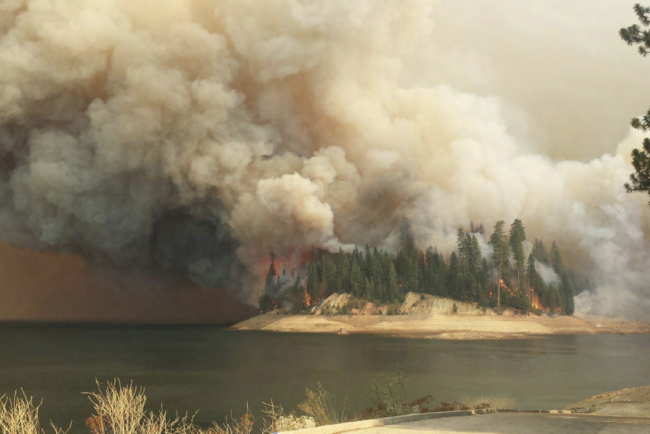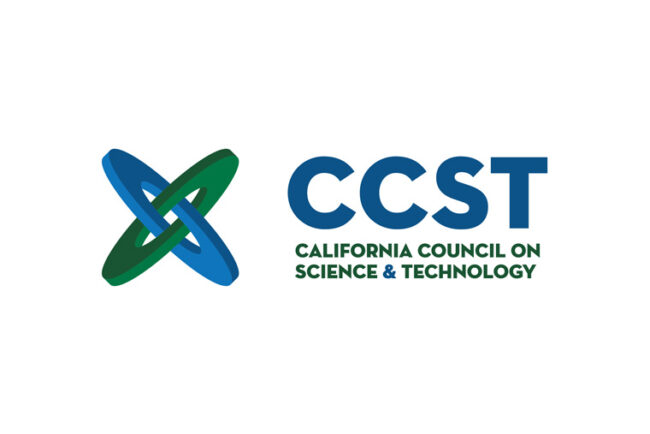The human health benefits of improving forest health in California


The public health impacts of wildfire smoke are a severely under-represented and under-quantified impact of recent catastrophic wildfires.
The economic impacts of wildfire smoke to public and private health systems cost billions of dollars and disproportionately impact disadvantaged communities. This study from CCST and Blue Forest shows that improving the health of California’s forests can not only reduce the risk of wildfire, it can also benefit people’s health. There may even be an opportunity for the health sector to be part of the forest restoration solution. In a future where smoke is inevitable, better collaboration among federal, state, and local agencies with interested healthcare partners is a pathway to building healthier forests and communities.
Funding Sources
- Innovative Finance for National Forests (IFNF) program, co-managed by the U.S. Department of Agriculture Forest Service and U.S. Endowment for Forestry and Communities
- Disaster Resilience Initiative (State of California)
- J.M. Kaplan Fund
- Alumbra Innovations Foundation
Lead Authors: Kim Seipp, Signe Stroming, Teresa Feo
Contributing Authors: Kirsten Hodgson, Clare Loughlin, Phil Saksa
Read the 2-page brief here.


